In 2018, Biltmore Wines was very excited to offer a rare opportunity exclusively to our Vanderbilt Wine Club® members: the chance to experience a true vertical tasting of our Vanderbilt Reserve Russian River Valley Pinot Noir. While the wines were available, Wine Club members could purchase this particular Pinot Noir in its 2012, 2013, and 2014 vintages!
What is a vertical flight and why is it so unusual?
Horizontal flights
Most wine flights are horizontal, meaning that you’re tasting several wines (often three or more) that are similar in nature (think “flight of geese” or “flight of stairs” and you’ll see how the name refers to a collection of similar things). This is a great way to learn more about wines in general and to discover interesting differences that you might not notice otherwise.
Vertical flights
What happens, then, when a flight goes vertical? That’s a very different type of tasting, and one that doesn’t happen every day.
For a vertical flight, you’ll be tasting three or more wines of the same varietal from the same maker in a series of different but close or sequential vintages. From varietal to vineyard to winemaker, the vintage is the only variable. Here are some of the things you can expect to experience:
- Taste the obvious effects of how the wine matures over time
- Note subtle differences made by the year’s weather in which the varietal was grown
- Understand how aging affects the color, aromas, and flavors of the wine, and how it becomes more smooth as tannins and acidity decrease
 Hosting a vertical flight
Hosting a vertical flight
A vertical flight is an exciting way to experience the terroir of a vineyard, the skill of the winemaker, and the characteristics of the varietal over time. It’s also a fun way for a small group of friends to learn more about a particular varietal together, so consider hosting a vertical tasting in one of two ways:
Youngest to oldest (most common vertical flight tasting style):
- Discover the evolution of aging in a natural progression
- Experience the varietal from a simpler, youngerphase to a more mature and complex one
Oldest to youngest (more unusual; offers different insights):
- Learn how decreasing levels of alcohol, acidity, and tannins in more mature wines affect your tasting experience
- Keep your palate fresher longer by tasting younger wines last
 Join the club!
Join the club!
Ready to enjoy exclusive offers available only to our Vanderbilt Wine Club® members, such as receiving three hand-selected vintages each season, a dedicated section of Biltmore’s Winery, and members-only events? Become a Wine Club member today, or give someone special a gift membership!











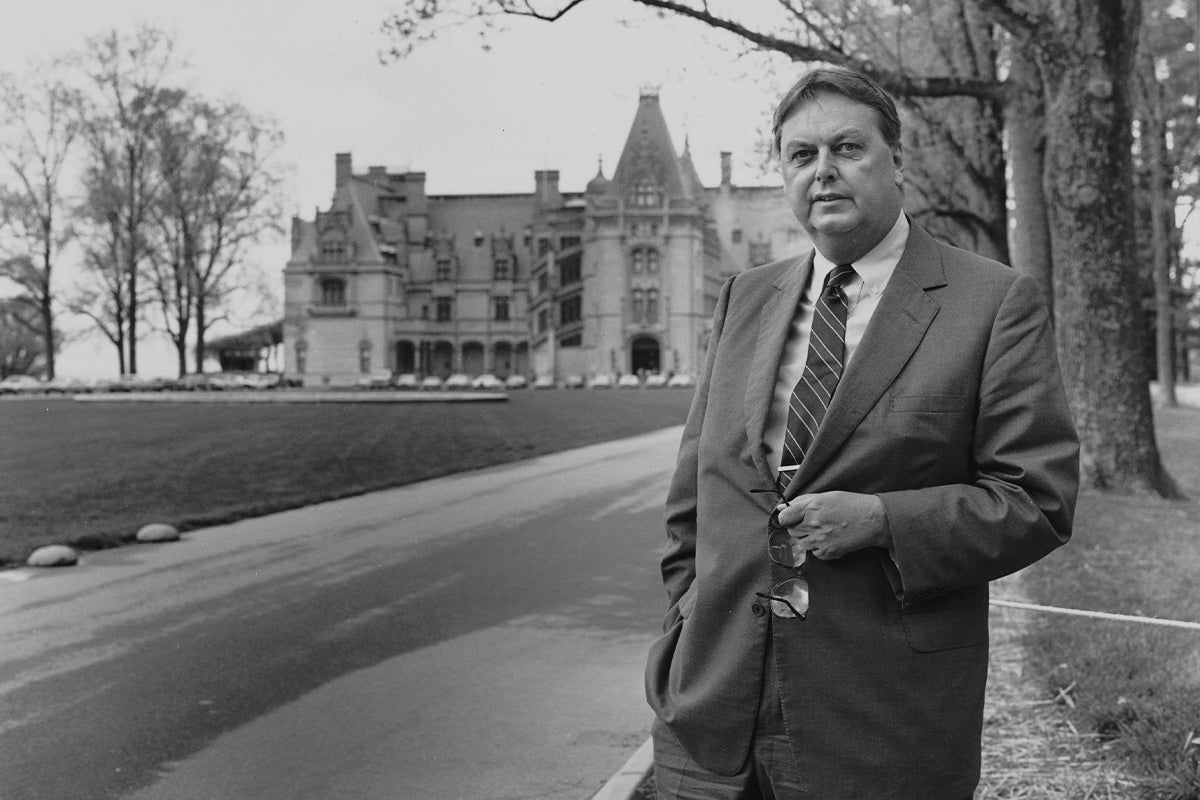

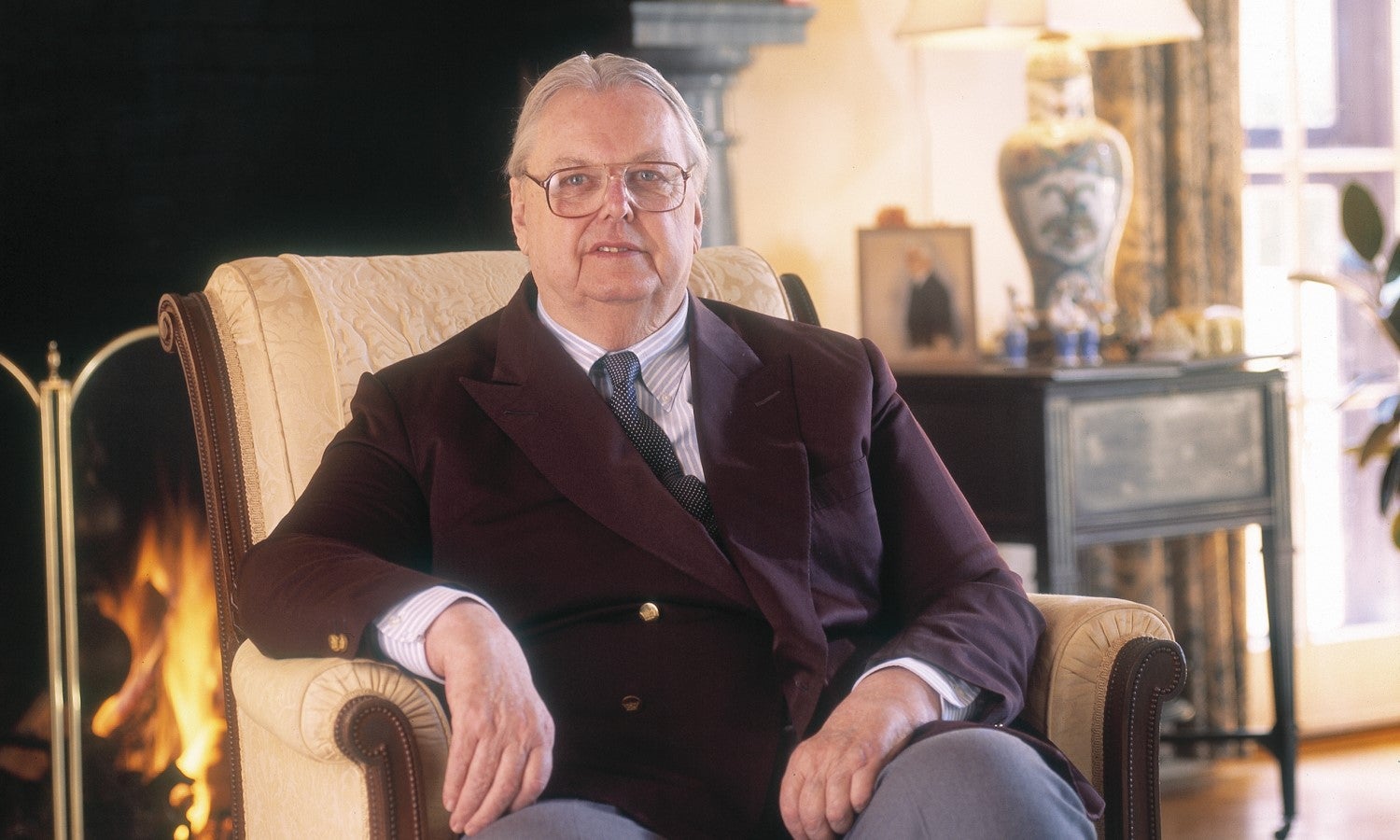
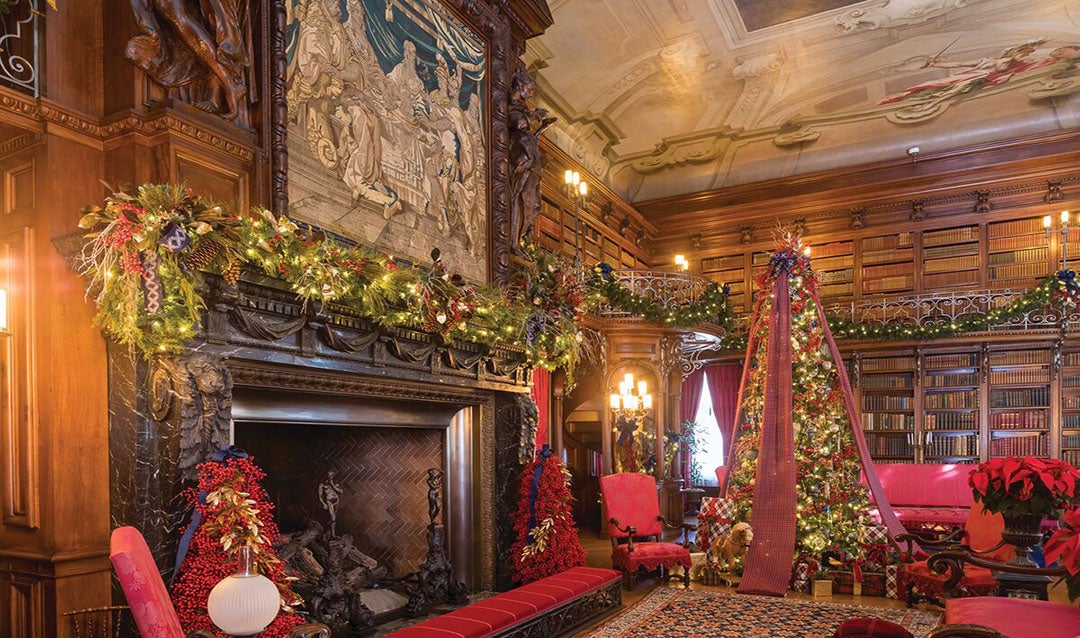
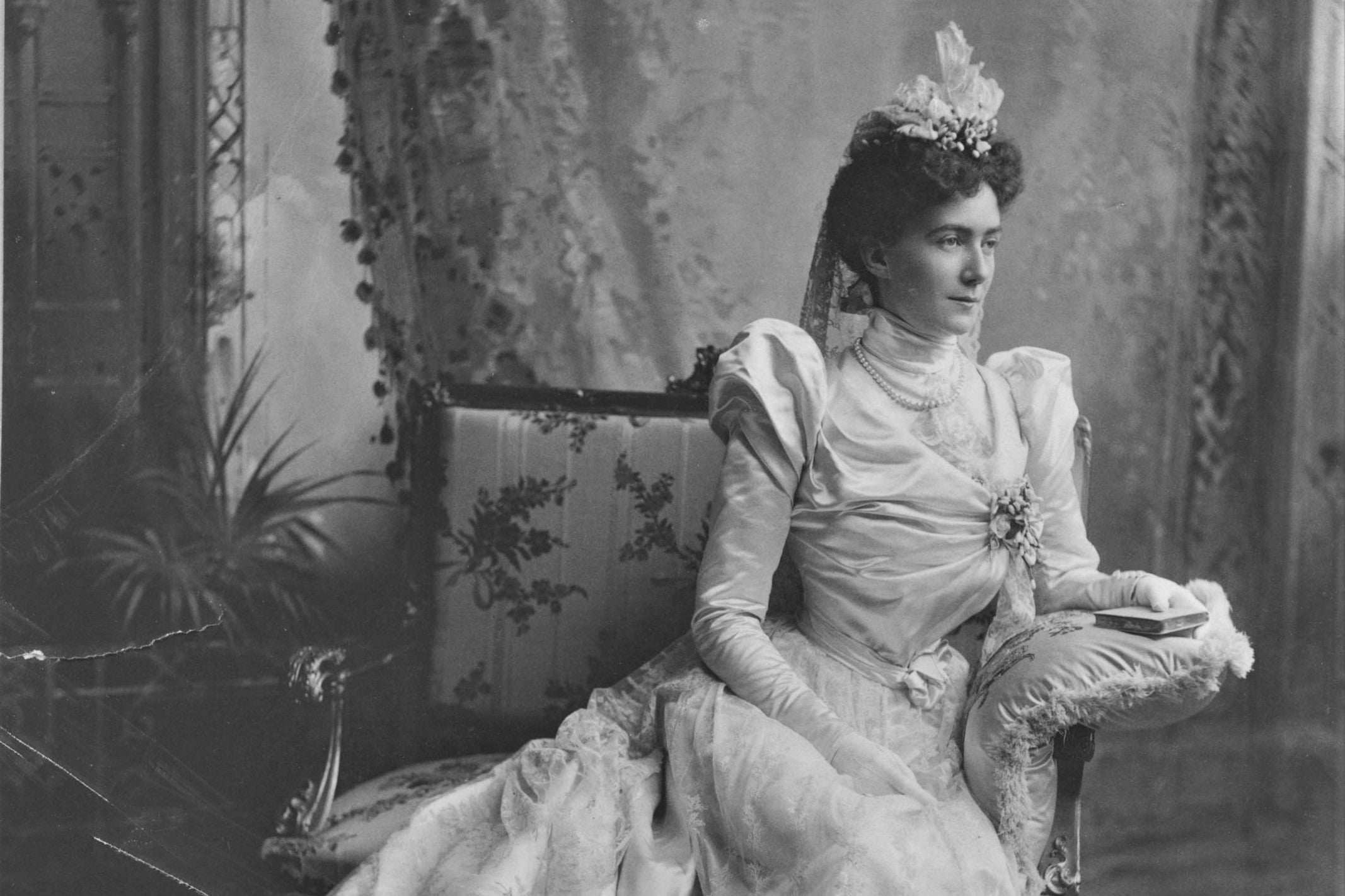
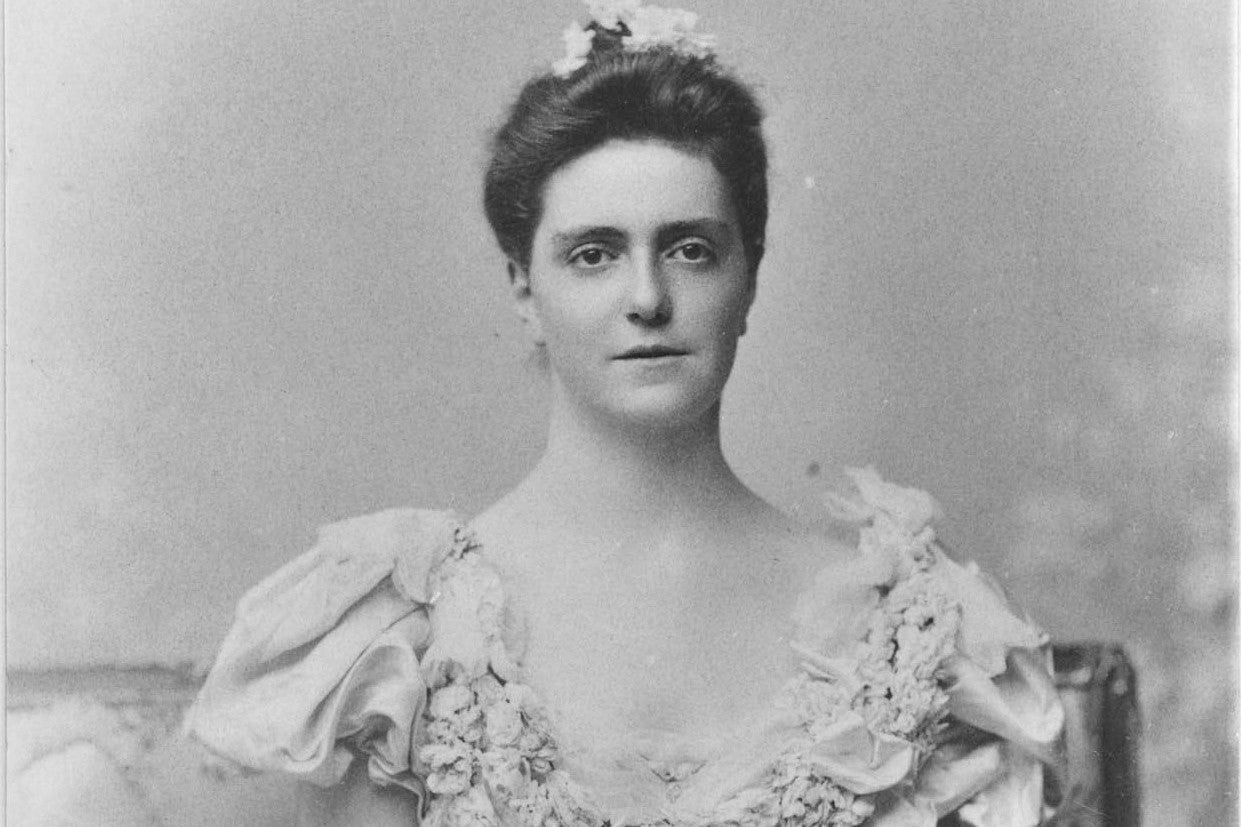
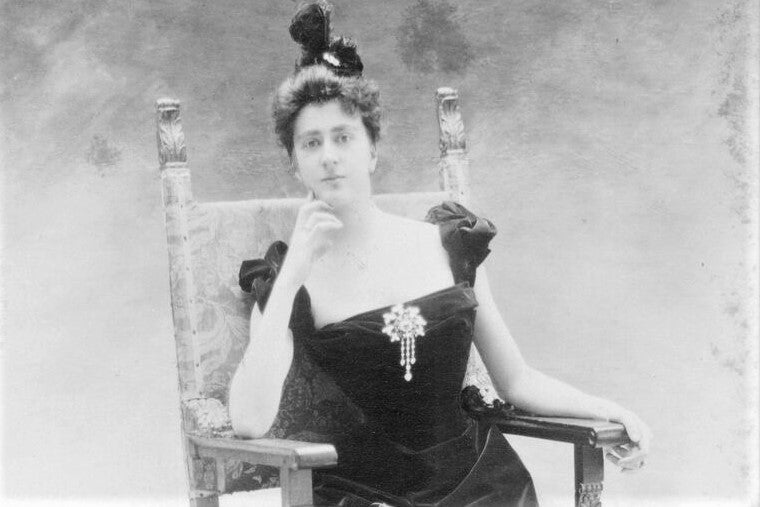
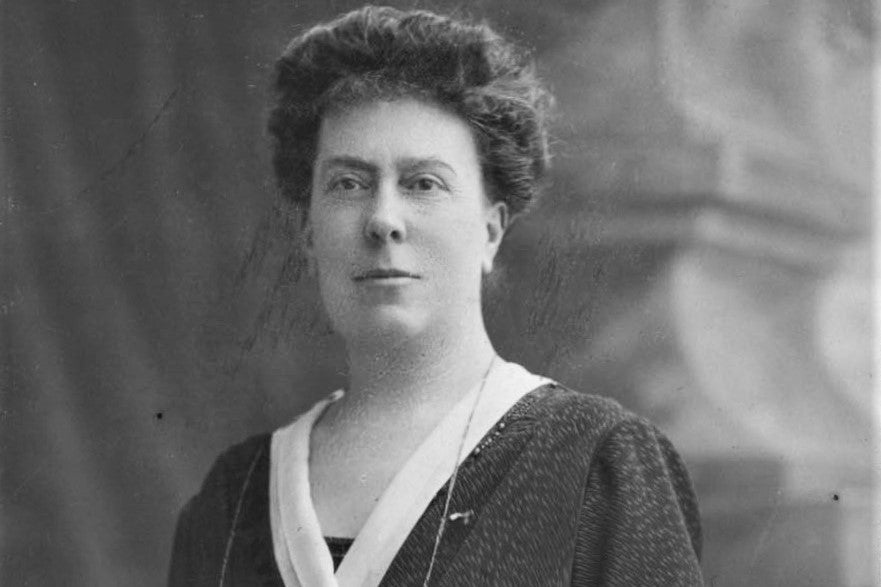
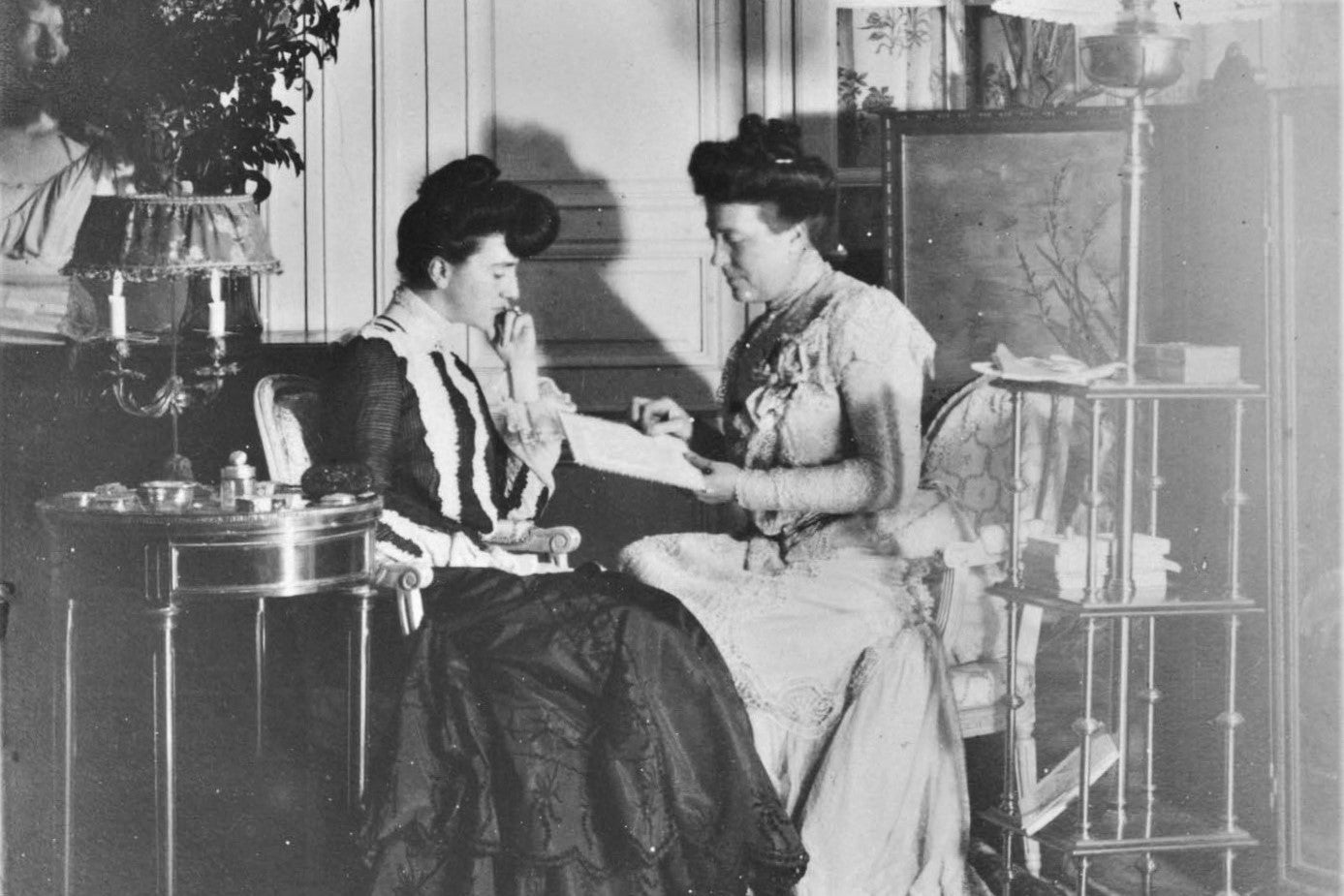
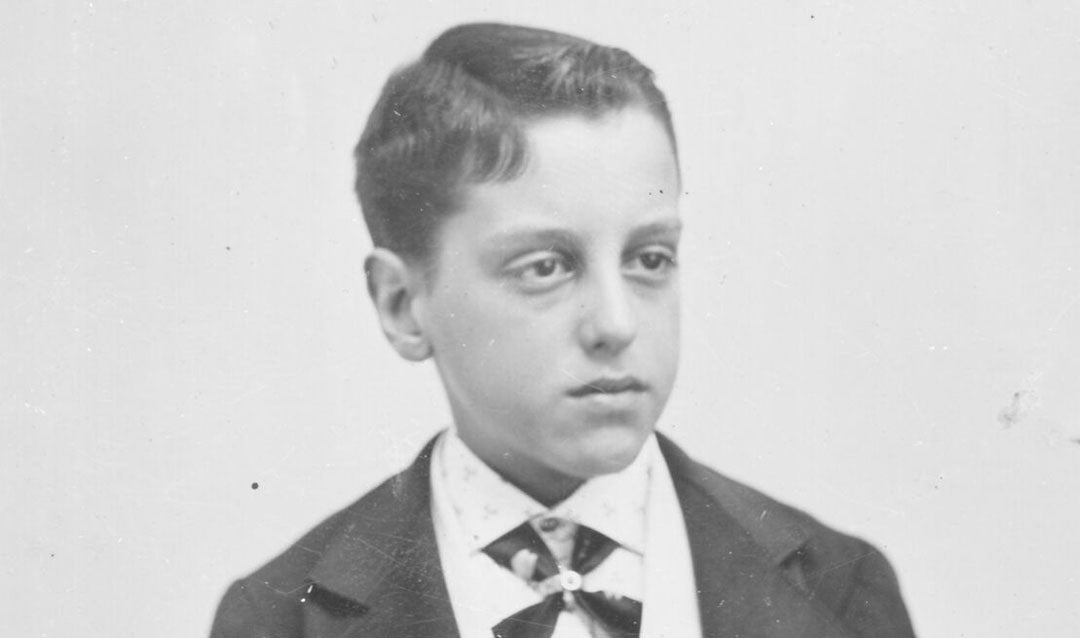
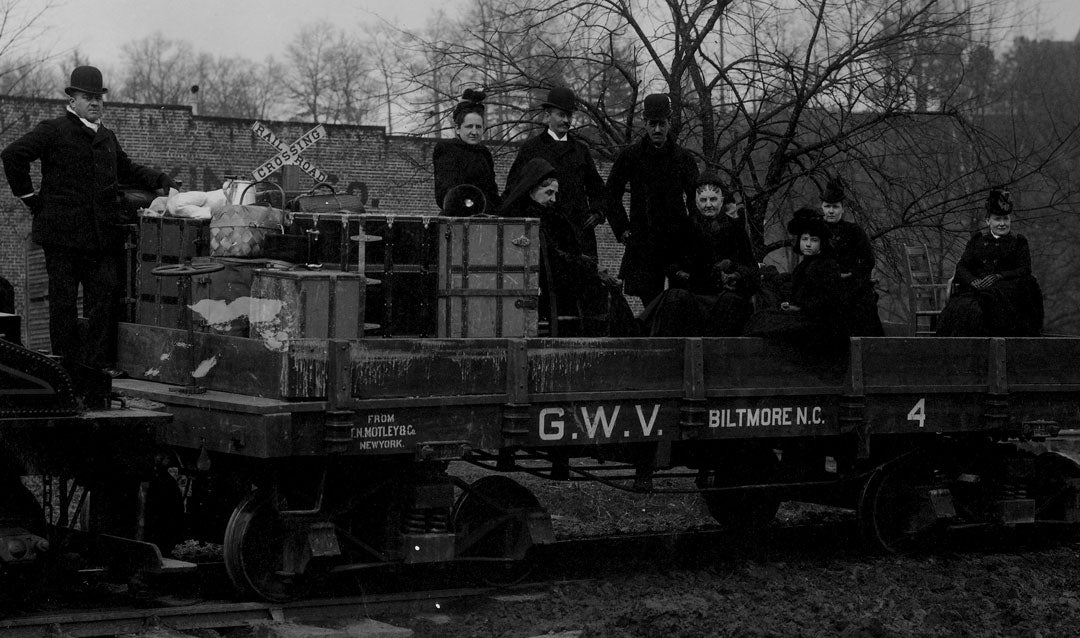
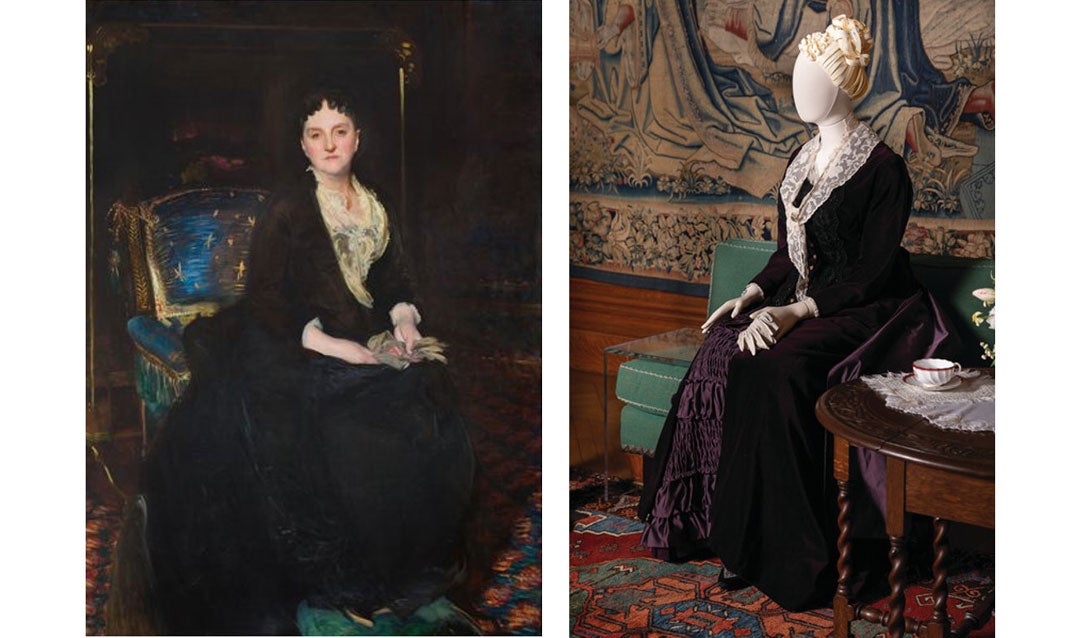
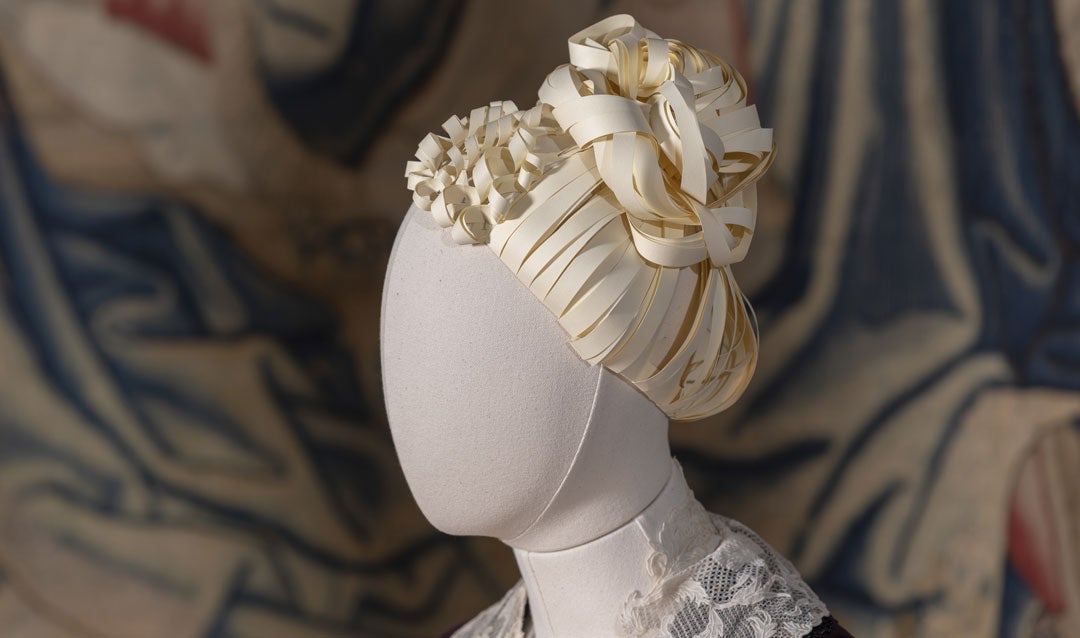



 Herter Brothers bookcases; Third Floor Living Hall at Biltmore
Herter Brothers bookcases; Third Floor Living Hall at Biltmore
 Deerpark Restaurant at Biltmore
Deerpark Restaurant at Biltmore